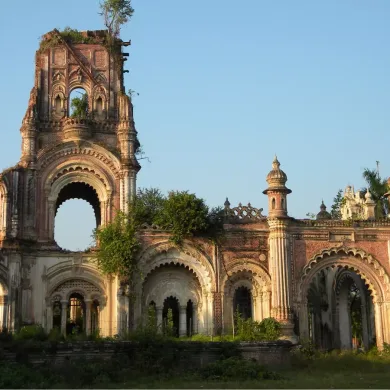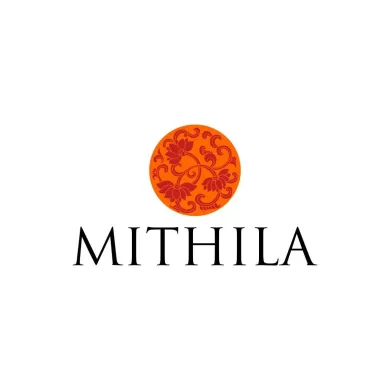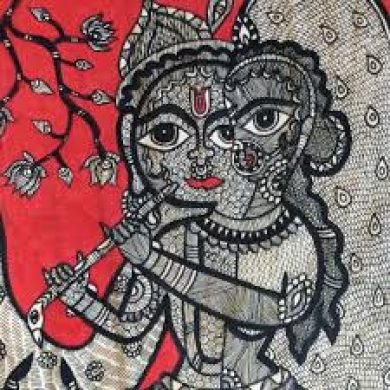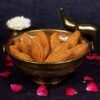Exploring the Cultural Richness of the Mithila Region in Bihar
Historical and Cultural Significance of Mithila
Mithila, located in the northern part of Bihar, is a region steeped in history and cultural vibrancy. This area is often highlighted in ancient Hindu scriptures, notably the Ramayana and Mahabharata, which underscore its age-old significance. Mithila is renowned for being the kingdom of King Janaka and the birthplace of Sita, who are central figures in the Ramayana. The narratives of these scriptures have deeply influenced the cultural fabric of the region, emphasizing values of duty and devotion.
The contribution of Mithila to Indian mythology is substantial. King Janaka is portrayed as a philosopher-king, an epitome of wisdom and virtue, and his daughter, Sita, symbolizes purity and steadfastness. These figures are more than just mythical characters; they embody the cultural ethos of Mithila and serve as moral exemplars for the local populace. The tales and folklore associated with them continue to permeate the societal norms and practices of the region, maintaining a lasting legacy.
Beyond mythology, Mithila’s cultural practices are distinct and deeply rooted. Mithila or Madhubani painting is one of the most renowned cultural artifacts from this region. Originating from the village of Madhubani, these intricate, vibrant artworks reflect the region’s connection to nature, spirituality, and daily life. These paintings have gained international acclaim and are a testament to the region’s artistic heritage.
The Maithili language, spoken predominantly in Mithila, is another pillar of its cultural identity. It has its origins in ancient dialects and carries a rich literary tradition, underscoring the intellectual heritage of the region. Traditional music and dance forms, such as the classical Maithili songs and the Jhijhiya dance, are integral to the region’s cultural expressions, often performed during festivals and significant life events.
Festivals like Chhath Puja are celebrated with great fervor, reflecting the region’s spiritual devotion and community spirit. Such cultural practices have been meticulously preserved through generations, ensuring that Mithila’s heritage remains vibrant and influential. This cultural continuity significantly impacts contemporary life in Mithila, with traditions and modernity coexisting harmoniously, influencing art, literature, and everyday social practices.
Tourism and Modern-Day Attractions in Mithila
The Mithila region in Bihar is a treasure trove of cultural and historical attractions that entice visitors from all corners of the world. One of the most significant sites is the Janaki Temple in Janakpur, a grand architectural marvel dedicated to Goddess Sita. This temple, with its intricate design and vibrant history, serves as a spiritual focal point for many pilgrims. Another notable site is the fort of Darbhanga, which stands as a testament to the region’s royal heritage. The fort, with its majestic architecture, offers a glimpse into the grandeur of Mithila’s past.
Historic monuments and natural sites also play a crucial role in showcasing the region’s heritage. The flora and fauna in areas like the Kanwar Lake Bird Sanctuary provide a serene escape for nature enthusiasts. Additionally, the cultural landscape of Mithila is very much alive during local festivals—Chhath Puja and the Saurath Sabha are prime examples. Chhath Puja, an ancient Vedic festival dedicated to the Sun God, captivates visitors with its elaborate rituals and fervent devotion. The Saurath Sabha, a unique matrimonial event held in the village of Saurath, is another cultural spectacle that attracts tourists.
Significant strides have been made by the state government and local authorities to promote tourism in Mithila. Projects aimed at improving infrastructure, preserving historical sites, and fostering cultural festivals have been launched to ensure that visitors can experience the authentic charm of the region. Practical travel tips for those visiting Mithila include planning trips during the cooler months, from October to March, when the weather is more temperate. Engaging with local guides, exploring traditional markets, and partaking in regional cuisine can enhance the travel experience, allowing tourists to fully immerse themselves in the cultural richness of Mithila.










Add comment
You must be logged in to post a comment.